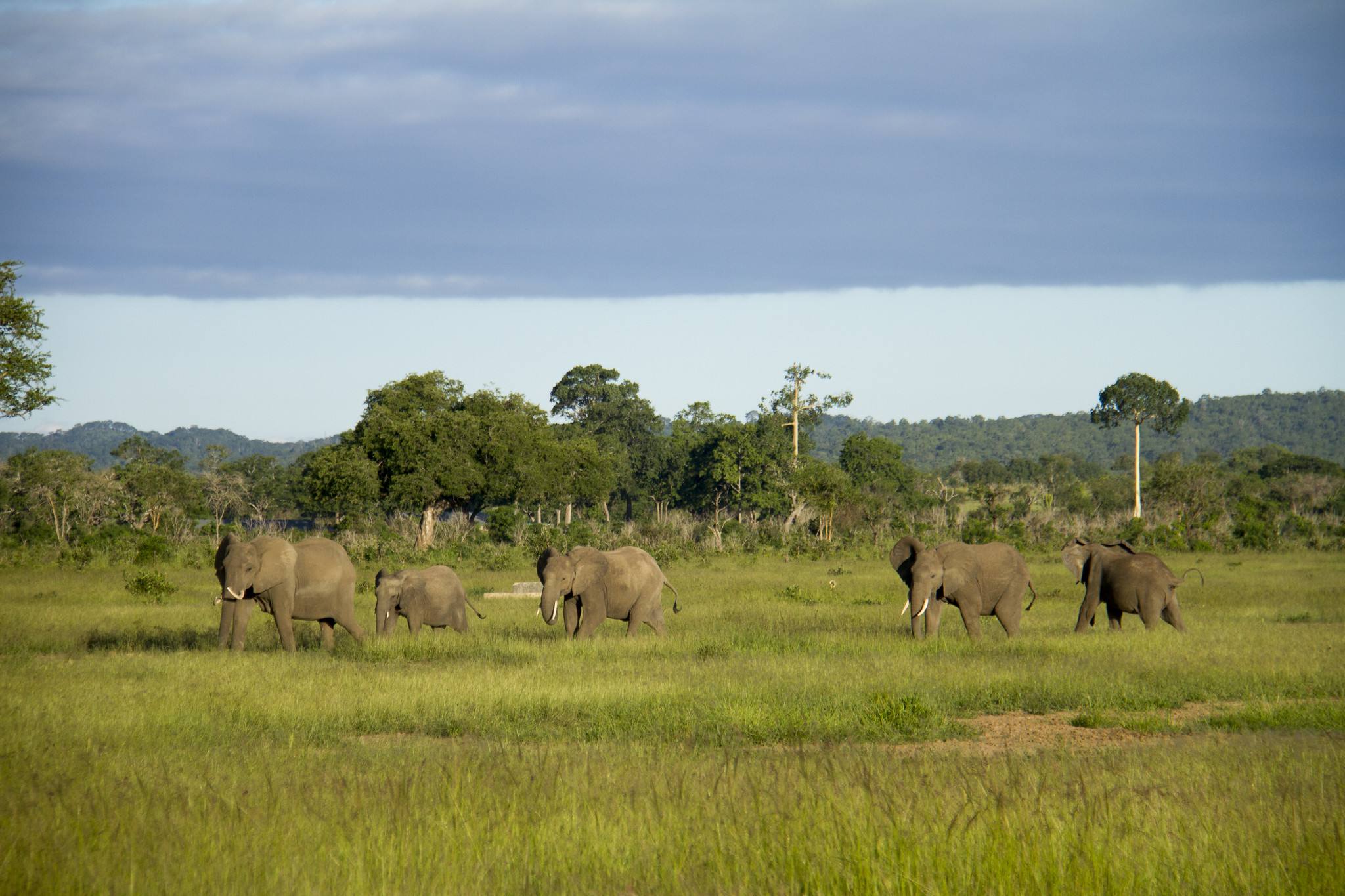
Best Time to Visit Tarangire for Elephant Viewing
Discover the ideal seasons to witness Tarangire’s legendary elephant herds, wildlife encounters, and stunning baobab landscapes.
Why Tarangire National Park is a Must for Elephant Lovers
If you’re dreaming of an elephant safari in Tanzania, Tarangire National Park should be at the top of your list. Known for its massive herds of elephants and stunning baobab-studded landscapes, Tarangire offers a quieter, more intimate safari experience than its more famous counterparts.
But when is the best time to visit Tarangire for optimal elephant viewing and wildlife encounters?
Let’s dive into the ideal safari seasons, what you can expect, and how to make the most of your visit.
The Dry Season (June to October) – Peak Elephant Viewing
The dry season is undoubtedly the best time to visit Tarangire National Park, especially if your main goal is to see large elephant herds up close.
Why it’s ideal:
- Elephants gather in huge numbers (sometimes hundreds!) near the Tarangire River, which becomes the only reliable water source during these months.
- Wildlife is easier to spot, as vegetation thins out and animals congregate around water.
- Clear, sunny weather makes for fantastic photography, especially at golden hour.
- Predators like lions and leopards are more active, drawn by prey density near the river.
If you’re booking a Tarangire National Park safari from Arusha, this season ensures maximum sightings and memorable moments.
Best Months: July, August, September
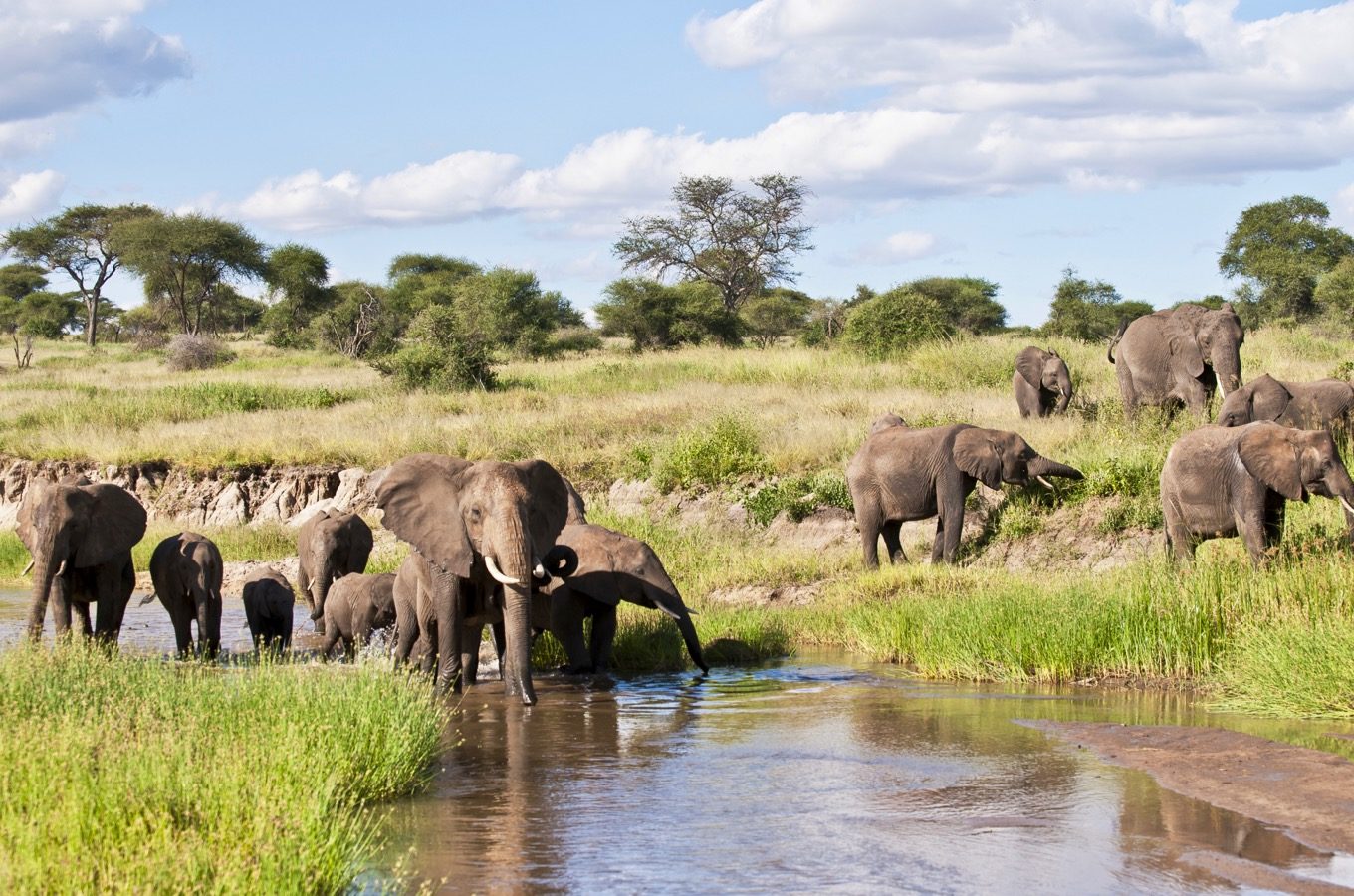
Elephant herds gather at Tarangire River during the dry season.
A herd of elephants drinking water at Tarangire River, the best spot for elephant safaris in Tanzania.
More Than Elephants: Tarangire’s Diverse Wildlife
While elephants are the headline act, Tarangire National Park safaris offer a wider wildlife experience. Here, you’ll find:
- Towering giraffes gliding through acacia forests
- Wildebeest and zebra grazing across golden plains
- Elusive leopards and tree-climbing lions lounging in shady branches
- Massive herds of buffalo on the move
- More than 550 bird species including colourful lovebirds, hornbills, and the giant martial eagle
This rich biodiversity, compressed into a relatively small area, makes game drives action-packed and rewarding.
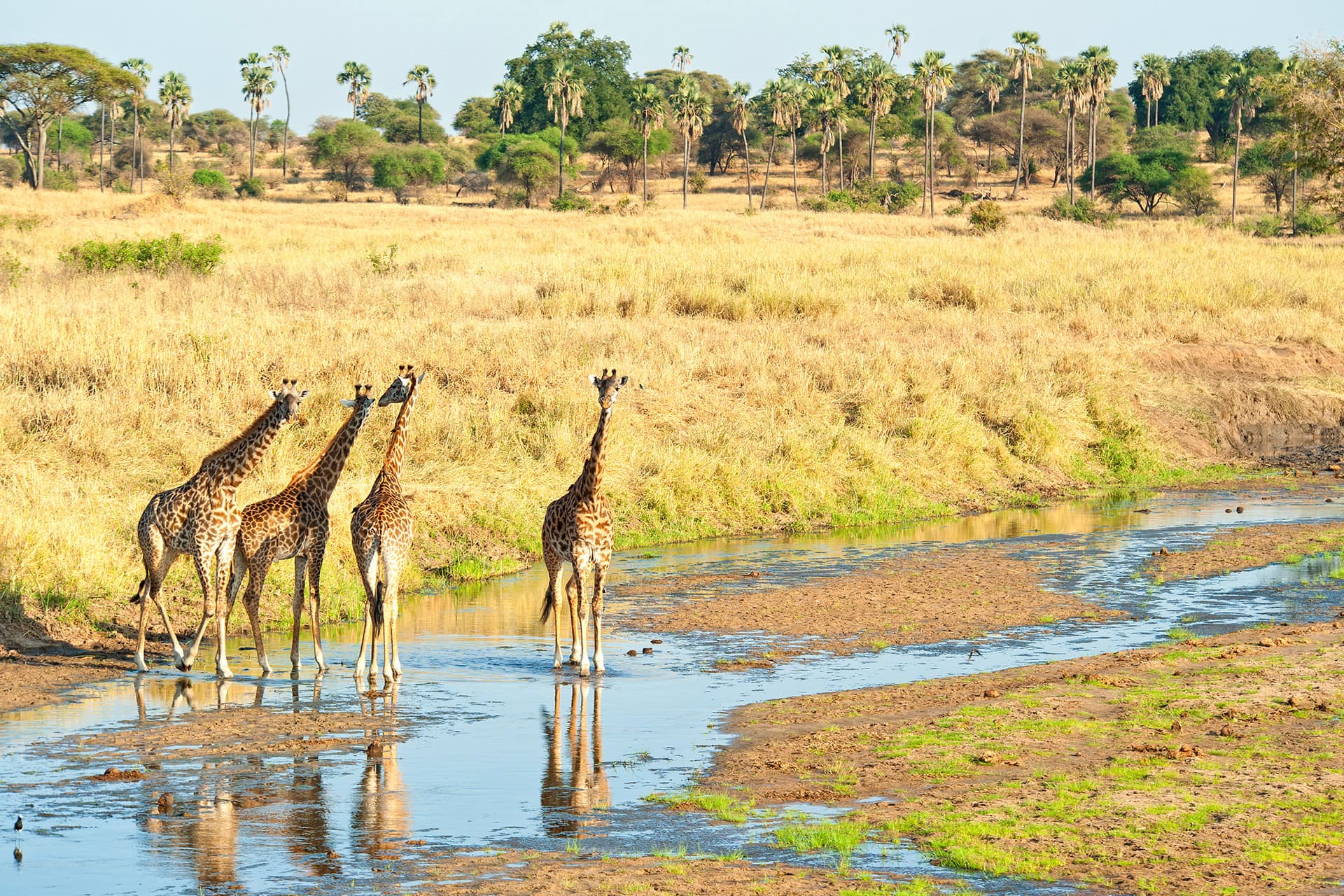
Giraffes grazing along the Tarangire River banks.
A group of giraffes drinking and browsing near Tarangire River, a highlight for wildlife photographers.
The Green Season (November to May) – Lush & Less Crowded
The wet season, or green season, transforms Tarangire into a lush, green paradise. While it’s not the peak time for elephants, it has its own advantages.
Why consider it:
- Fewer tourists = more intimate safari experience
- The park comes alive with birdlife, especially migratory species
- Great time to witness births of antelopes and zebras
- More affordable rates on lodges and tours
However, elephants disperse into wider ranges, and the terrain may get muddy — so it’s less predictable for big herd sightings.
Best Green Season Visit: January to early March (milder rains, good mix of wildlife)
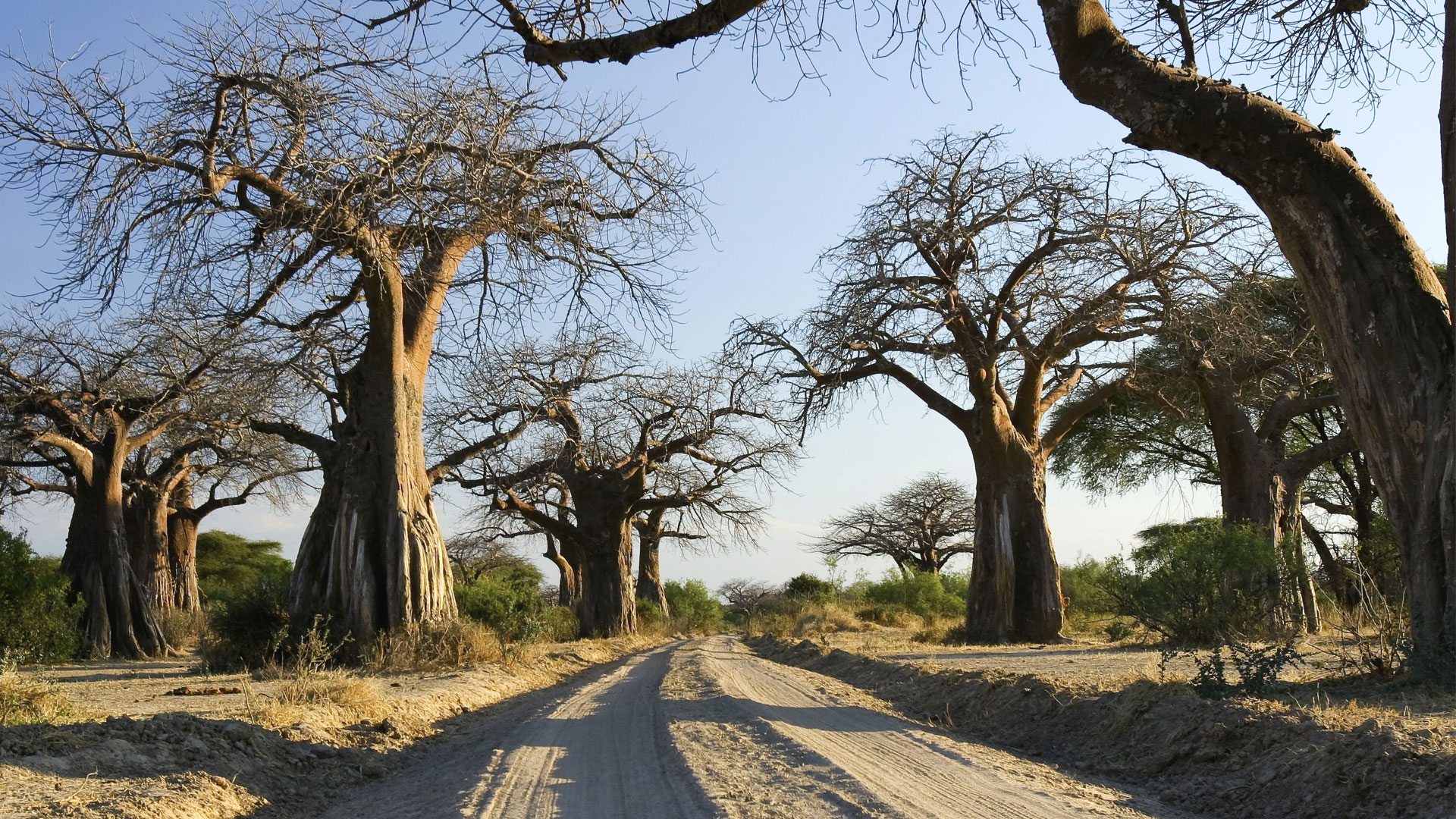
Tarangire’s iconic baobab trees during the green season.
Lush Tarangire landscape with giant baobab trees after the rains, offering a scenic safari experience.
Elephant Behaviour in Tarangire – What to Expect
Tarangire is home to some of the largest elephant populations in East Africa, with bulls, mothers, and calves seen frequently.
Here’s what makes the Tarangire elephant experience unique:
- Elephants often gather in social groups and display incredible behaviours like mud-bathing, tree scratching, and trumpeting.
- The riverbed is a hotspot for interaction — elephants dig for water during drier periods, an amazing sight to witness.
- Calves are playful and often approach safari vehicles — making for heartwarming moments.
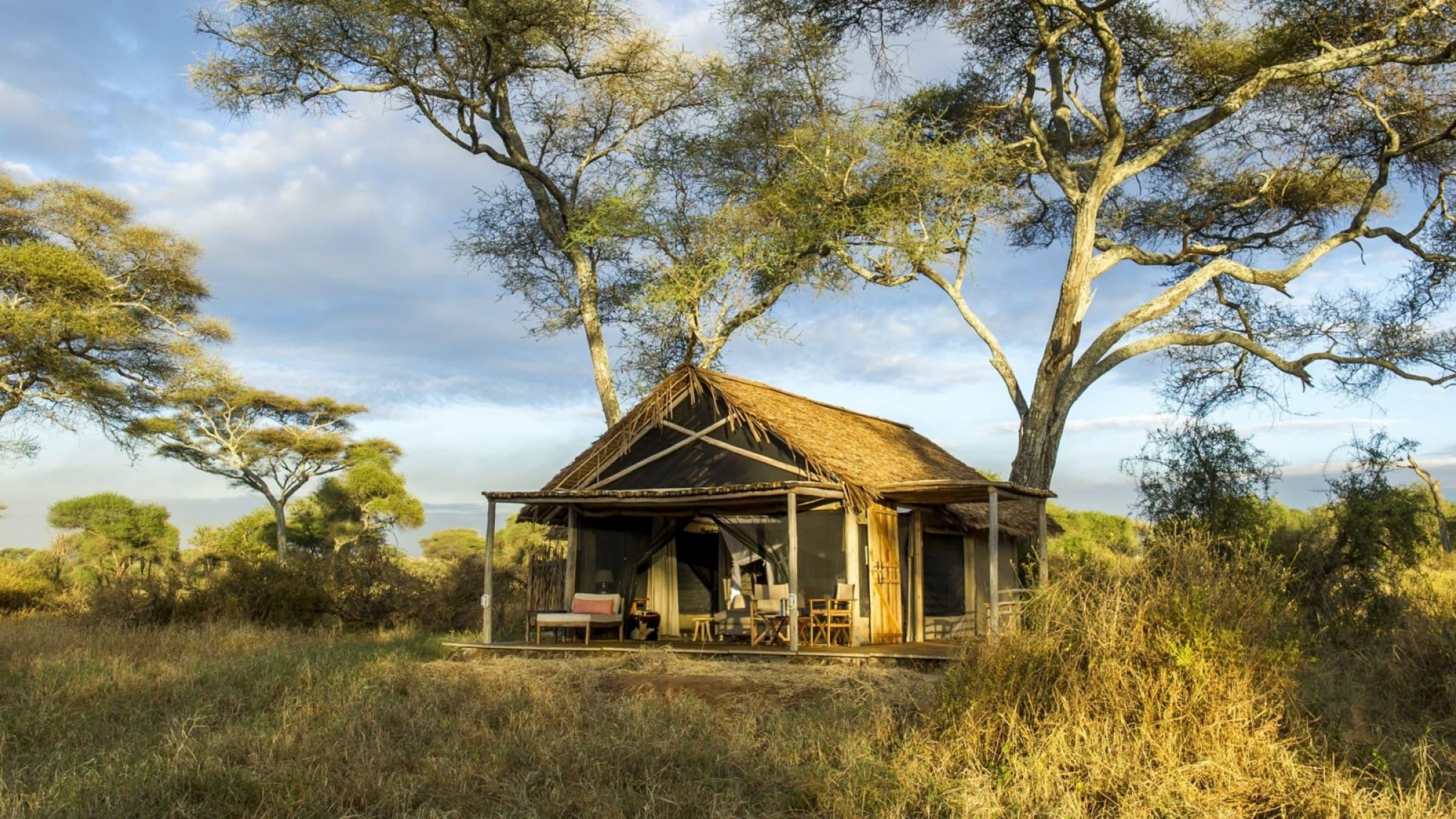
Luxury tented camps in Tarangire offer close-up wildlife experiences.
A safari tented lodge overlooking Tarangire savannah, ideal for elephant viewing safaris.
Tips for an Unforgettable Elephant Safari
- Visit early morning or late afternoon for the best light and animal activity.
- Stay quiet and calm — elephants are intelligent and curious, and may come close.
- Pack binoculars and a zoom lens to capture those unforgettable trunk-in-trunk moments.
Where to Stay for the Best Experience
Lodges and tented camps just outside the park offer excellent proximity to key wildlife zones. Consider places near Tarangire River or the northern gate, where sightings are frequent.
Looking for a budget-friendly option? Try our:
3-Day Tarangire National Park Safari from Arusha
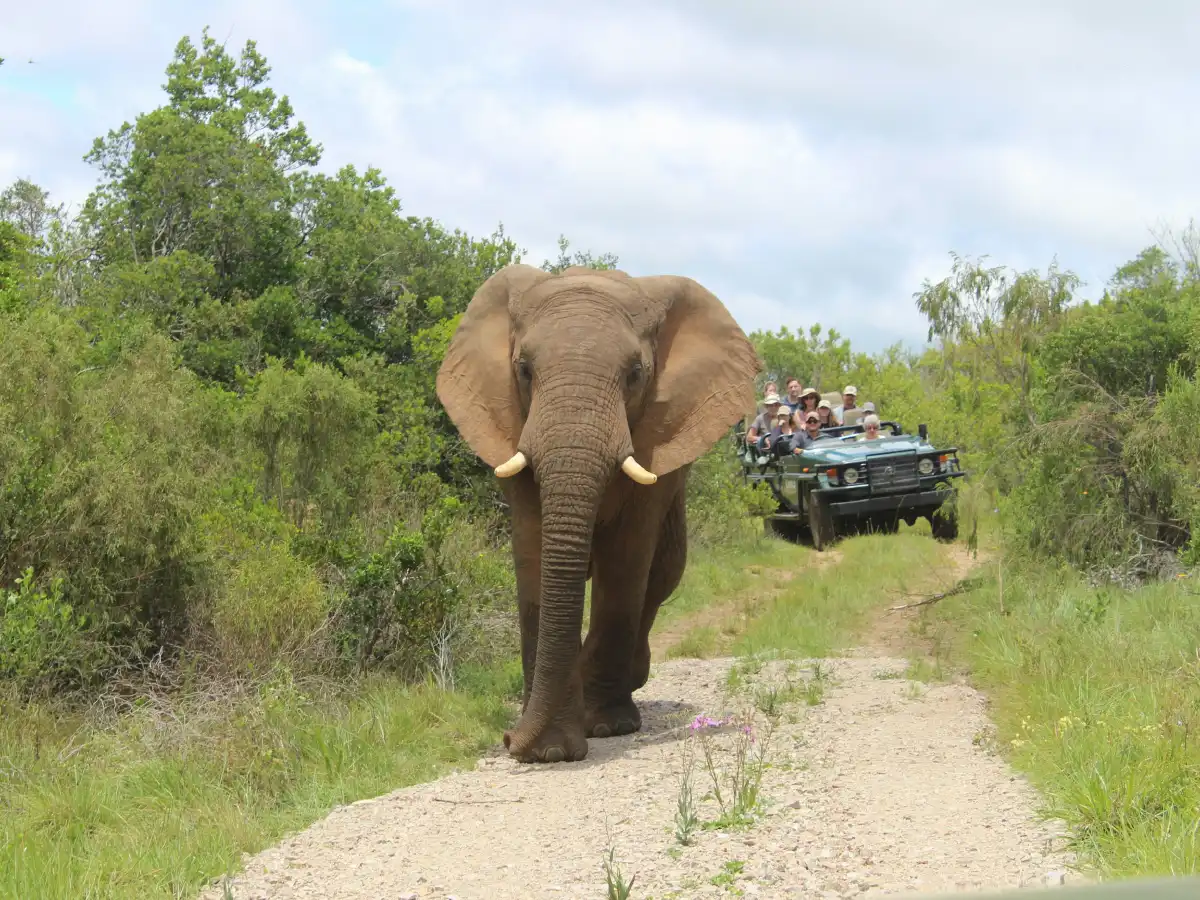
Safari vehicles exploring Tarangire’s wildlife-rich savannah.
Tourists on a guided game drive inside Tarangire National Park, spotting elephants and giraffes.
How to Plan Your Visit
Tarangire is just a 2-hour drive from Arusha, making it an easy getaway for those short on time.
Quick Planning Tips:
- Book early for the dry season (especially July–Sept)
- Consider combining Tarangire with Lake Manyara or Ngorongoro for a broader experience
- Choose a local safari operator for the most authentic and sustainable tours
Final Thoughts
The best time to visit Tarangire for elephants is undoubtedly the dry season — but no matter when you go, this park delivers a magical safari experience with fewer crowds, surreal baobab landscapes, and unforgettable encounters with Africa’s gentle giants.
If elephants are calling your heart, Tarangire will answer.
Plan Your Tarangire Safari Today
From elephant herds in the dry season to lush green landscapes, Maramatta Safaris offers tailored Tarangire National Park safari packages to suit your travel style and budget.
Start Planning








